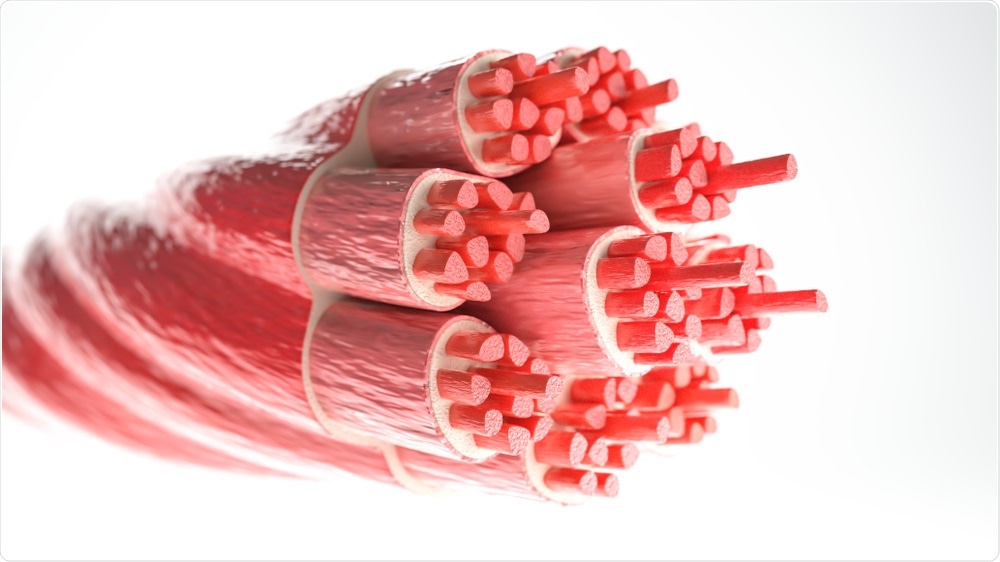Researchers from the University at Buffalo have found that a protein named after the mythical land of youth in Irish folklore is efficient at reversing skeletal muscle cells aging.

Image Credit: Crevis/Shutterstock.com
The research is centered on the protein NANOG, the name derived from Tír na nÓg, a place in Irish lore well-known for everlasting beauty, youth, and health. The study was published on September 3rd, 2021, in the journal Science Advances.
The scientists carried out a series of experiments in which they overexpressed NANOG in myoblasts—the embryonic precursors to muscle tissue. The myoblasts were senescent, which means they could not divide and grow further.
The overexpression enhanced certain primary characteristics linked with age-related deterioration of cells, including energy homeostasis, autophagy, nuclear integrity, mitochondrial function, and genomic stability.
Importantly, the number of muscle stem cells in the muscle of prematurely aging mice was increased by NANOG. This revealed the sustainability of reversing cellular aging in the body without reprogramming cells to an embryonic pluripotent state. The process that was often employed in stem cell therapy harboring the risk of tumorigenesis.
Our work focuses on understanding the mechanisms of NANOG’s actions in hopes of discovering druggable targets in signaling or metabolic networks that mimic the anti-aging effects of NANOG. Ultimately, the work could help lead to new treatments or therapies that help reverse cellular senescence, and aid the many people suffering from age-related disorders.”
Stelios T. Andreadis, PhD, Study Corresponding Author and SUNY Distinguished Professor, Department of Chemical and Biological Engineering, School of Engineering and Applied Sciences, University at Buffalo
Source:
Journal reference:
Shahini, A., et al. (2021) Ameliorating the hallmarks of cellular senescence in skeletal muscle myogenic progenitors in vitro and in vivo. Science Advances. doi.org/10.1126/sciadv.abe5671.